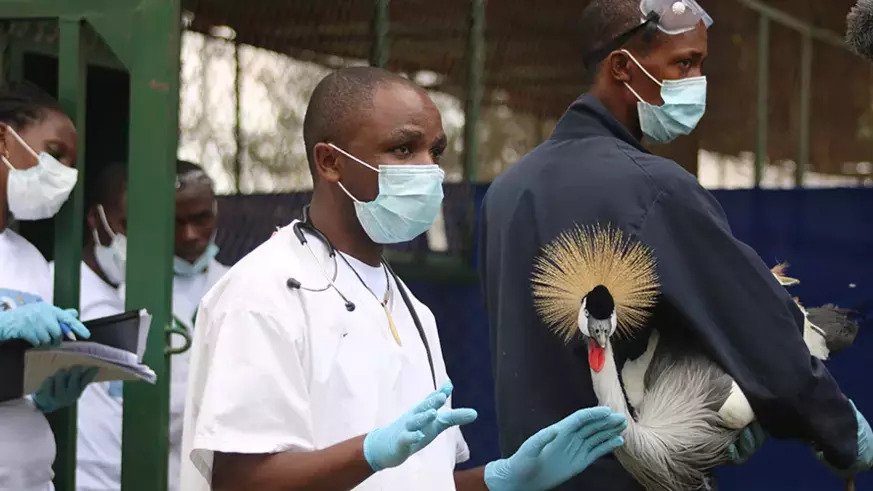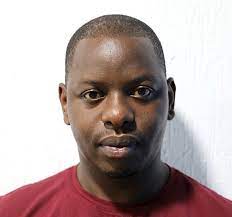

Globally, indigenous peoples and local community organisations are receiving less than one percent of all climate funding, while African community conservation organisations are receiving approximately only five to ten percent of private philanthropic funding invested in Africa.
This is according to the report launched on July 20 during the ongoing Africa Protected Areas Congress (APAC) in Kigali.
The report by Maliasili, a global organisation that supports grassroots African conservation organisations that do critical work at the nexus of poverty and conservation, says that local conservation organisations in Africa struggle to grow or increase their impact because of inbuilt barriers and challenges in how they are funded.
The new 40-page study, dubbed "Greening the Grassroots: Rethinking African Conservation Funding,” features interviews with close to 50 African local and grassroots conservation, climate, and environment organisations, and their funders.
Smaller, African-led groups working directly with local communities are increasingly recognised as key to securing indigenous and community land rights, improving rural livelihoods, conserving nature, and addressing climate change.
However, the study shows that they are hamstrung by the way global conservation finance is set up, with complex requirements, a focus on short-term projects not long-term running costs, and a preference to fund a few larger intermediary international organisations over many smaller ones.
Fred Nelson, CEO of Maliasili, said: "We cannot hope to address conservation and environmental challenges in Africa today if we can’t get the right kind of investment to the most talented and effective organisations in the field. We hope this report will provide guidance on ways to rethink and reform funding practices in African conservation, and get more of the right kind of funding to African organisations.”
The study shows that 83 percent of the respondents called for more flexible or unrestricted funding, 92 percent said the lack of core or unrestricted funding was a barrier to their success.
It also shows 71 percent cited donors’ preference for short-term project funding as a challenge as 73 percent said they struggled with insufficient funding while 52 percent complained of onerous proposals and reporting requirements.
In addition, African organisations said their partnerships with larger international organisations working in the same space were often strained, and inequitable in terms of the distributions of resources.
Dr. Gladys Kalema-Zikusoka, founder and CEO of Conservation Through Public Health in Uganda, said: "Funders must listen to their potential grantees and understand their needs and priorities. Grants that are top-down are not sustainable and impactful.”
Concorde Kubwimana, the CEO of Save Environment Initiative, a conservation organisation created by 15 university students, said that funders doubt youth led-organisations credibility yet they are the ones to fund them to boost the credibility.
The organisation has a target to prepare 100,000 trees including fruit trees to be distributed in communities for conservation, he told The New Times.
"We have distributed over 30,000 trees so far in Kigali and Rwamagana district, in communities and schools. We have been running campaigns for ecosystem restoration. Therefore, funders need to have trust in us. When we are requesting funding, they set up criteria such as financial statements that restrain us from getting the funds,” he said.
He made the case for inviting small community organisations including those led by youth to the table of decision making.
"That is where we can express our concerns over access to climate funding,” he noted.
Beatrice Lempaira, working for Northern Rangelands Trust- a membership organisation owned and led by the 43 community conservancies it serves in northern and coastal Kenya- said climate finance should consider community organisations led by women that benefit women in conservation.
"We have a model that puts communities at the heart of conservation. For true conservation to happen, we need communities at the centre. But more importantly is the voice of women about conservation. We also work with local indigenous women who come together for conservation,” she said.
She called for increased finance for women in conservation saying they play a big role.
"If you want transformation, you cannot undermine small local organisations and the role of youth. They raise a critical voice but they have limited access in terms of access to finance. Because most donors say you are very small. That is a blockage to their development and involvement in conservation,” Charles Karangwa, the IUCN’s Regional Head of Land Systems in Eastern and Southern Africa told The New Times in an interview.
The study suggests a series of approaches to overcome the barriers and challenges African grassroots conservation organisations face in securing appropriate funding.
These include improved funding policies and practices, including providing more core or unrestricted support, and longer-term finance.
Making funding processes easier and more accessible, including simplifying applications and reporting requirements, increasing direct funding of African grassroots groups rather than giving money to large ‘middlemen’ international NGOs who then pass it on to smaller organisations, is also among the recommendations.
Recommendations also included building better relationships between donors and grassroots organisations to increase trust, introducing African organisations to new donors, sharing more funding opportunities with them, and supporting them to increase their fund-raising skills among others.


